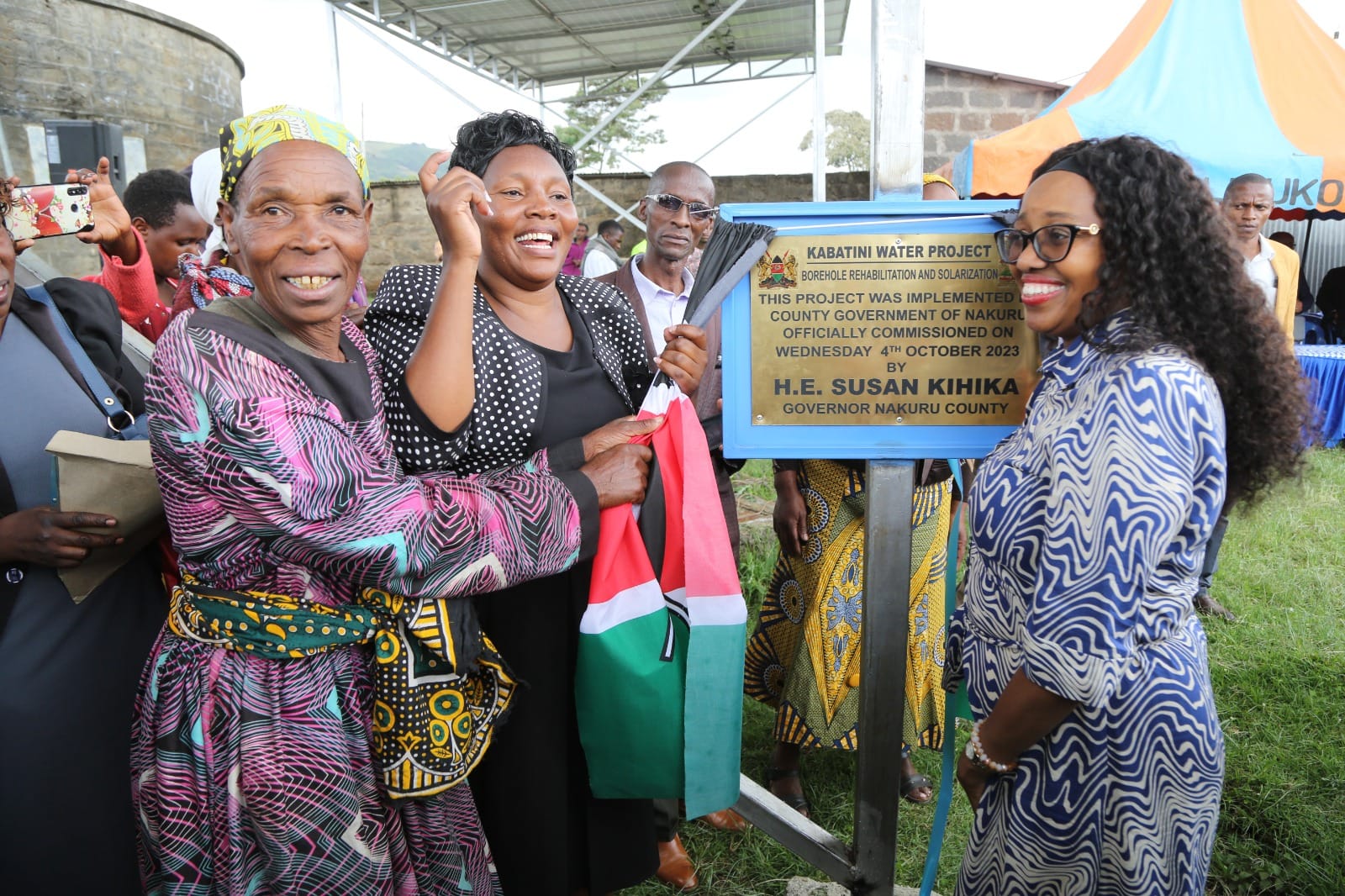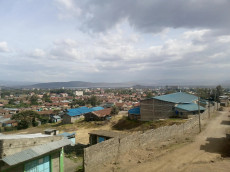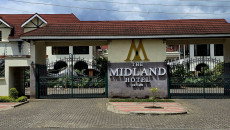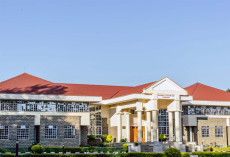- Governor Susan Kihika’s leadership is turning what was once a chronic crisis into a story of transformation and resilience.
For decades, parts of Nakuru City have struggled with water scarcity, forcing thousands of residents to rely on seasonal rivers, distant streams, or overpriced water vendors.
Nakuru Governor Susan Kihika has, for months now, been on a mission to end Nakuru’s long-standing water crisis—one project at a time.
The County Government of Nakuru, through their official X account, has shared updates highlighting the following ongoing projects across different wards:
In Mauche Ward, Njoro Sub-County, over 4,000 residents are set to benefit from the construction and equipping of a water kiosk in Kiptenden, along with the solarisation of the Chesoen Water Project. These developments are expected to end years of dependence on unsafe water sources.
A similar story of transformation is unfolding in Marioshoni Ward, Molo Sub-County, where a 7.8-kilometre pipeline is being laid to serve over 1,800 residents across Kapkarang, Kamanoswa, Kaptimom, Siriat, Kapkein, and Ndoswa. This fulfils Governor Kihika’s pledge to deliver last-mile water connectivity to underserved villages.
Read More
In Visoi Ward, more than 1,100 residents in Naithuiti village will enjoy improved water access as the Naithuiti Water Project undergoes an upgrade with a new pump, water kiosk, 300 meters of pipeline, and solar technology to ensure an efficient and eco-friendly supply.
The story is similar in Kuresoi South, where the Soitaran Water Project will serve over 1,500 residents of Lelaibei, Soitaran, Tabaita, and Sigowet through a 2.2km pipeline.
In Nakuru East Ward, a significant leap has been taken with the installation of a new 7km water supply line, which is expected to benefit more than 2,000 households, including schools, businesses, and Mirugi Kariuki Hospital.
As these and more projects come to life, the once-distant dream of clean, accessible water is finally becoming a reality for thousands in Nakuru. With each pipe laid and each kiosk built, a community is empowered—and the county moves one step closer to water security for all.
These community-based water solutions mark a bold and focused approach to tackling a deeply rooted problem.








